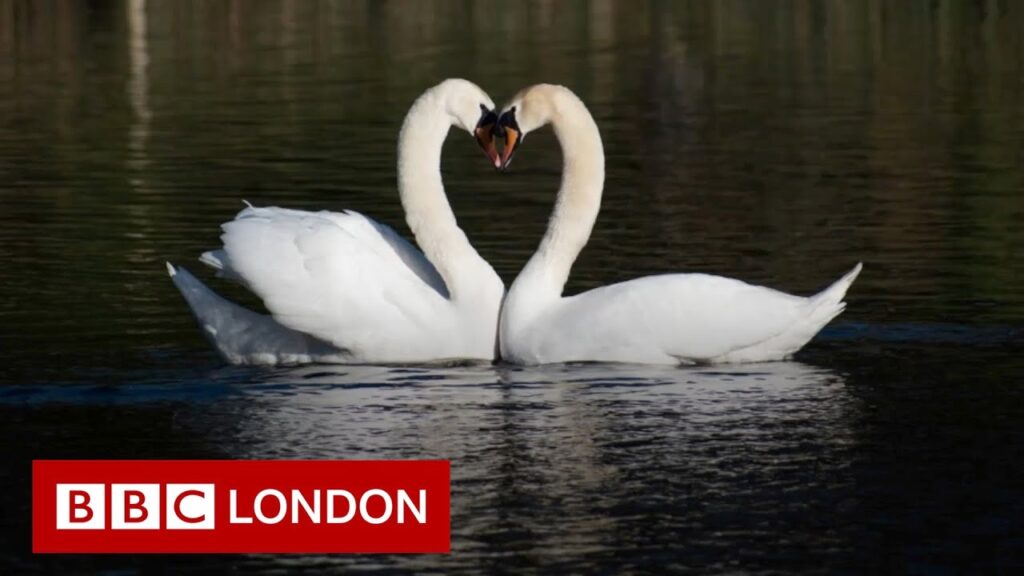Swans are large-bodied, web-footed waterfowl (scientific name Anatidae) with long, graceful necks and typically pure white feathers.
They are herbivorous and eat algae, small fish, frogs, worms, fruits, grass and other vegetation in freshwater biomes such as lakes, ponds and marshes.
Overview of Swan as a Food Source
Swans are omnivorous and will eat a wide range of plant matter, fish, algae, frogs, worms, and insects. They are also a good source of protein and iron.
Aside from these natural foods, swans can also be fed a variety of other foods to help them stay healthy. These can include lettuce, potatoes, and other vegetables grown by humans for use in farmlands.
However, it is important to note that they should not be fed bread. This is due to the fact that their digestive tracts are not designed for refined flour and sugar, which can disrupt their normal nutrition.
Culinary Uses and Traditional Dishes
Swan has been used as a food source in several countries around the world. However, it remains a food taboo in many areas.
The reason is that swans are considered property of the crown and it would be a crime to catch one and eat it. It’s also a little fishy and doesn’t taste very nice.
In England, swans have officially been owned by the monarch since the twelfth century. This is enforced by an annual’swan-upping’ on the River Thames where representatives of two livery companies mark swans for ownership.
Availability and Market Trends
Swans are members of the waterfowl family (Anatidae) that also includes geese. They range in color from pure white to black and have muscular, heavy bodies and large webbed feet.
These birds can live up to twenty years in the wild and fifty years in captivity. Their long necks and curved wings allow them to fly at speeds of up to 22 miles an hour on land.
However, they have trouble keeping up with the speed of human movement and must rely on the wind for transportation when moving through dense vegetation or during their migrations. Their natural habitats include water, wetlands and other open areas.
Health Benefits and Concerns
Swan is a good source of lean protein and heart-healthy omega-3 fats. It also contains vitamins B and D. It is rich in iron, potassium and calcium.
However, swai is also commonly imported from fish farms that use chemicals and antibiotics in excess, contributing to water pollution and health concerns. It is also sometimes mislabeled and sold as a higher-value fish, so be sure to purchase brands that bear an eco-certificate.
If you do choose to eat swai, make sure you cook it to an internal temperature of 145° (62.8) to destroy potentially harmful bacteria, such as Vibrio. Avoid raw swai as well as swai that has been frozen or cured for long periods of time. These types of products have been found to contain mercury that exceeds the World Health Organization’s recommended limit.
Sustainability Issues
If we’re going to succeed in moving the needle from black to green, we need to support and encourage breakthrough solutions that are already in the marketplace. These include innovative mindsets, technologies, and business models that are helping solve at least some of the world’s apparent insurmountable challenges.
Mute swans are not native to the Bay and cause problems by consuming large amounts of submerged aquatic vegetation, which is often called “Bay grasses.” They also uproot more vegetation than they eat, leading to disturbance and reducing the amount of available food for native waterfowl and other aquatic species.
As such, they are a major nuisance to commercial agriculture, human populations and the environment, including water quality. In addition, mute swans are aggressive towards humans and other wildlife.

